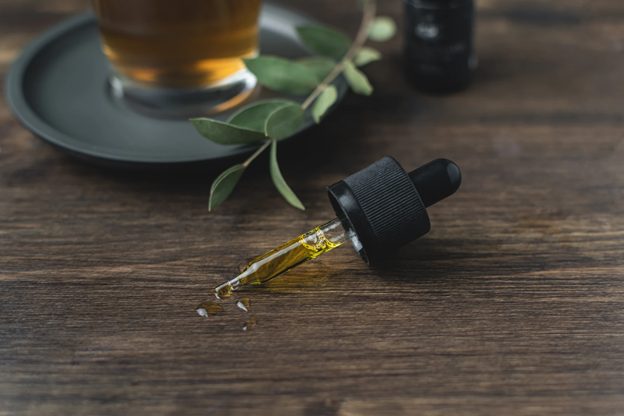From gummies to teas to tinctures and everything in between, CBD products are overtaking the health and wellness space. In fact, the CBD market value skyrocketed to $2.8 billion in 2020.
But, this surge has brought some less than desirable products to the market. A JAMA study found that 26% of tested CBD products contained less CBD than advertised, and 21% of tested CBD products had detectable levels of THC. To mitigate these risks, reputable CBD manufacturers started testing their products and sharing a CBD certificate of analysis (COA) to help their customers feel more confident in the products they purchase.
What Is a Certificate of Analysis (COA)?
For CBD, a COA is a report from an accredited laboratory that conducts third-party testing on CBD products and discloses each substance’s chemical and microbiological analysis. The analysis provides information about the testing lab, brand, and product, along with the potency and safety of the product.
A COA can often be located by scanning the QR code on the product’s packaging. The entire COA report should appear and confirm that the product you are holding is authentic and safe.
Reading a COA
Accessing the COA won’t do much good if you don’t know what to look for and how to interpret the information inside. Here’s what we recommend customers look for:
Potency
The hemp plant contains a variety of cannabinoid compounds. CBD products should have a COA that contains an analysis of all detectable cannabinoids, including CBD and THC. As you scroll through the COA, you may notice the abbreviation ND. That’s short for “non-detect” and shows that so little of the compound was present that the equipment could not detect it.
Total Cannabinoid Percentage
On the first page of the report, you can typically find a total cannabinoid percentage. Consumers tend to view higher total cannabinoid percentages as higher quality, so it is important to them.
Concentration
The concentration column reveals the concentration of each cannabinoid as part of the whole product. It’s measured in milligrams per gram. For CBD products, in particular, the concentration column allows you to make sure the amount matches what you paid.
Heavy Metal Analysis
Ingesting heavy metals in high amounts can make you sick. It is also common to find hemp and CBD products with heavy metals. In Florida, the Department of Health issued a recall notice to a CBD company that had high levels of heavy metals. This is why many manufacturers test for these substances and include the results in their COA. The COA will reveal the tested concentration level of each heavy metal on the list in comparison to the allowable level.
Pesticide Analysis
Another important safety component of a COA is pesticide testing. Cannabis is a high-value agricultural product so it is inevitable that Pesticides would be found in products. The COA includes the name of each pesticide tested, the level at which it appeared in the product, and the acceptable level limit.
Is the COA Legitimate?
To ensure the COA is legitimate, you should:
- See if it has a QR code.
- Review the COA for anything strange, including changing font styles and sizes, columns and rows not aligning, and strange formatting. Potency is one of the most commonly altered areas.
- Confirm the results are recent.
- Confirm the lot or batch number on the product
- Contact the lab directly if you’re still unsure whether the COA is valid.
We hope you now feel more empowered to make educated CBD buying decisions. Please feel free to reach out with any additional questions

